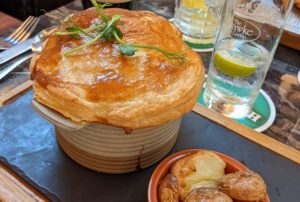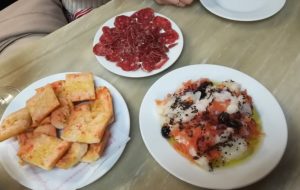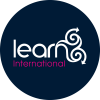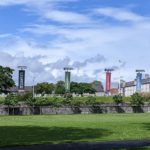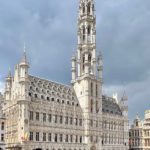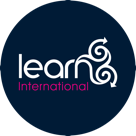In the second in a series of weekly blogs, IAFS/Learn intern Lauren Nofi writes about her arrival in Ireland and preparing for the arrival of our Winter program students.
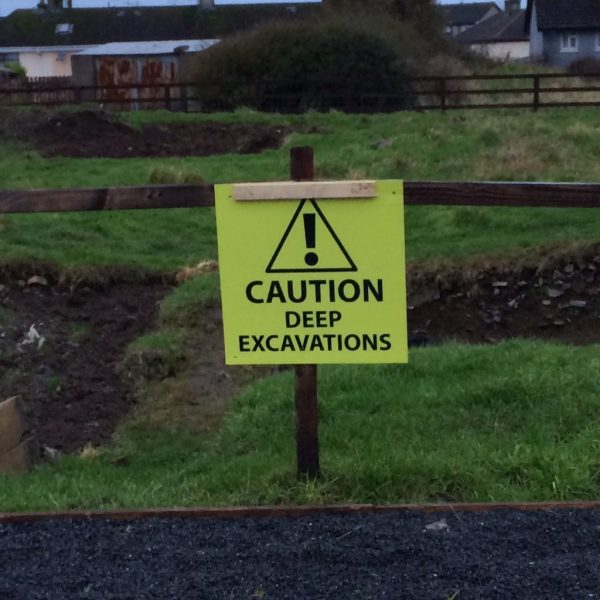
I mean, like, does this really need a caption? Safety is the priority.
Hello, all! I arrived on Monday, and everyone went right back to work getting ready for the season. So much goes on behind the scenes, and it’s quite evident a lot of planning has gone into this inaugural winter session. There’s been both office work and physical site maintenance, so it’s been a mix of experiences, all focusing on the logistics of running a site. Whenever I can steal a moment, I’ve been perusing the project’s collection of Trim-related books to learn more of the history of the region.
The site itself is surrounded by development on all sides, which is a new experience for me personally. There are definitely pros and cons to its location. For me however, on a purely superficial note, there is a grocery right nearby, so I can perpetually snack. I bring this up because we use the store as a landmark in our directions to the site. To the incoming students, please review the directions provided at http://iafs.ie/index.php/location/ so you can find us with ease. Our site is self-sufficient: we have a canteen, loos, tool sheds, and of course offices with electricity!
The weather has been fighting us a bit, making safety on-site of the utmost importance. We went over our safety plan as well as began assessing the state of the trenches, ensuring safe access even before we get to cleaning up any of the visible features. We need to ensure the edges of our excavation are clearly delineated, signposting where the section walls are deep. We are also removing rogue rocks from the surface around our open cuttings. On our site we call the trenches “cuttings,” and we will have handy maps so everyone can identify them as soon as we start excavating again.
We set up the post-ex cabin, which is where we will be working with all the artefacts during and after the season. You’ll get a chance to do some post-excavation work, such as washing and bagging finds. We have a really thorough system to ensure every single find can be traced back to its initial excavation. This is super important because archaeology is all about context. You’ll learn our finds processing method when you spend some time on post-ex, but don’t worry: there will be plenty of instructions, signs as reminders, and, of course, supervisors to help you as you begin your artefact work.
Some of our setup activities also include more office-based logistics, like preparing student guides, sorting maps and posters, and making signs for various areas of the site. We’ve also been organising all of our tools, from the very big, like mattocks, to the very small, like our pencil sharpeners. We have all the tools you’ll need to do any job on site, and if you are unfamiliar with them, we will teach you how to use them safely.

Some processing guides, made ready for all weather situations. An archaeologist’s secret best friend is LAMINATION. I know, I was surprised too, but I have been converted to the cult of laminating machines.
I’ve been taking an inventory of all the artefacts in various stages of processing in our post-ex cabin. It’s really great to see all of the types of artefacts this site has produced. It’s also very helpful to see the systems and hardcopy records in place before the assembly line of artefact processing is actually undertaken.
We’re also planning out workshops and field trips for the coming weeks. I’ve seen a sneak peek of the list of locations and can personally vouch for their awesomeness.
Anyhow, I wish I had a quirky signoff, but as yet I’m at a loss. We’re all very excited to meet everyone and start our season. See you soon!
Lauren
